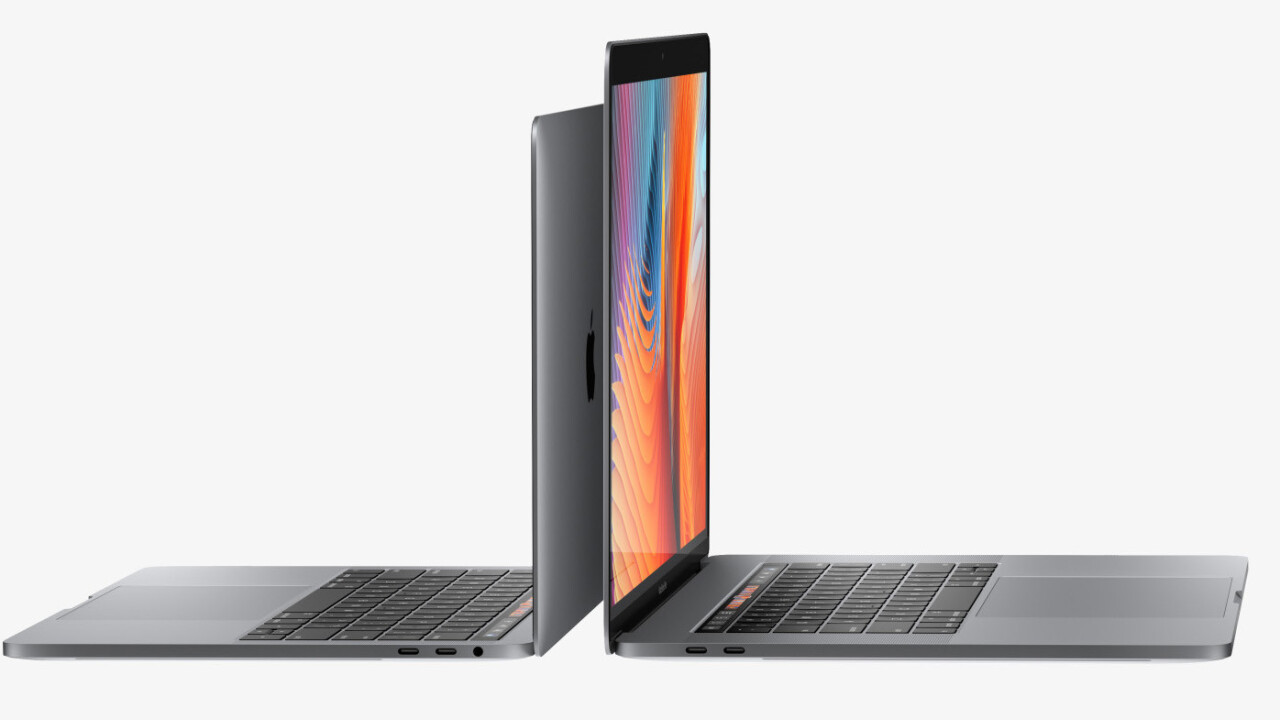
I’m sure there were a handful of people that Apple’s newest laptops didn’t piss off after last year’s long-awaited unveiling. I wasn’t one of them. For a device that calls itself ‘Pro,’ the decision to strip away ports, use sixth — not seventh — generation Intel chips, and limit RAM to 16 gigabytes certainly weren’t doing any favors to the creative types the company once appealed to.
Apple, as Apple does, defended each decision proving unequivocally that it knows best. Battery life was the priority, and a one-size-fits-all approach was, and still might be, the path forward. Offering options for different use cases was simply out of the question. According to SVP of Worldwide Marketing Phil Schiller after the release:
The MacBook Pro uses 16GB of very fast LPDDR memory, up to 2133MHz,. To support 32GB of memory would require using DDR memory that is not low power and also require a different design of the logic board which might reduce space for batteries. Both factors would reduce battery life.
If KGI analyst Ming-Chi Kuo is to be believed — and he usually is — Apple’s 2017 release will right a lot of wrongs. You’re not getting your ports back, but a note to investors (obtained by AppleInsider) points to platform-wide adoption of Intel’s seventh-generation chip ‘Kaby Lake’ and 32 gigabytes of RAM in the MacBook Pro — 16 gigabytes for the 12-inch MacBook.
It’s a start.
Kuo expects Apple to start production of new 13- and 15-inch MacBook Pros in Q3, 2017.
Get the TNW newsletter
Get the most important tech news in your inbox each week.
